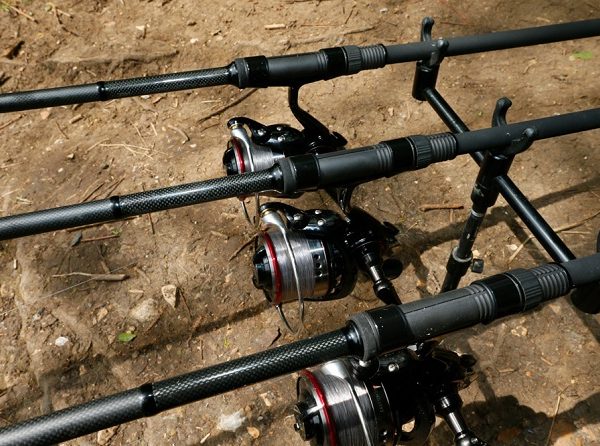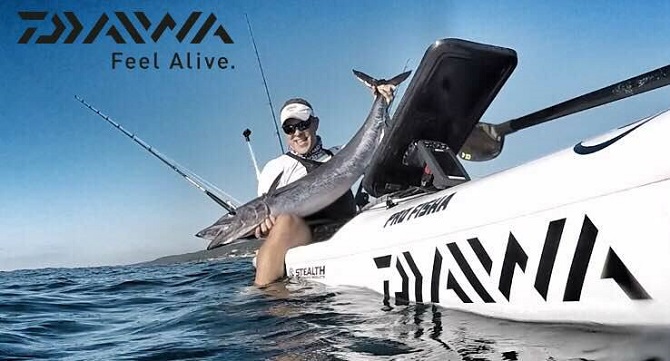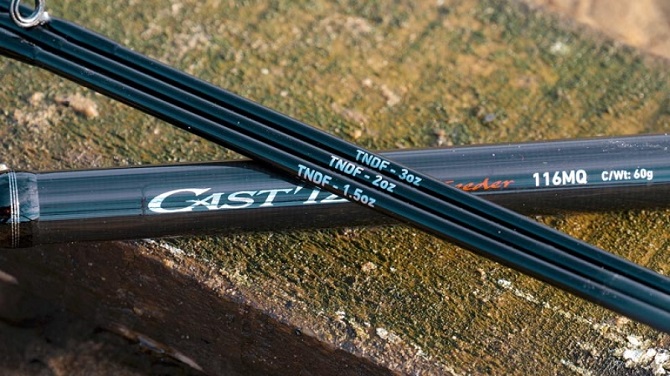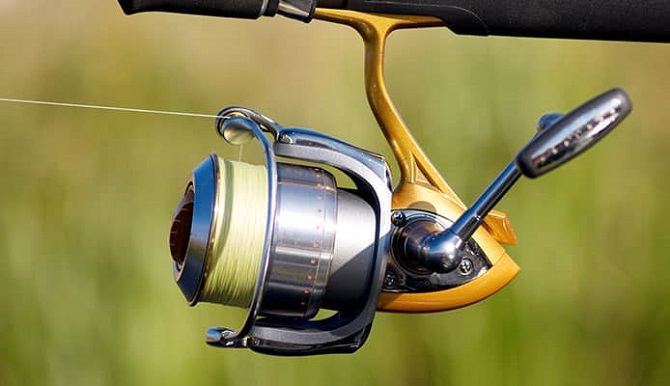12
Jan

Being an essential food source before any written records about human history were made, fishing dates back nearly 500,000 years ago. While fishing started to develop more and more once Homo sapiens appeared, it didn’t become popular until the 19th century. The invention of steamboats made catching fish with a large net easier.
While the fundamental way of fishing is still around and pretty much the most lively of sports, it has changed so much. When it comes to the gear and equipment used to catch fish there have been a lot of advancements which have made it easier to catch a big one. No matter if it’s freshwater or saltwater fishing, having the right equipment is critical and what better place to start than with the essentials – rods and reels.
When browsing fishing tackle stores, you will probably stumble upon the range of Daiwa rods and reels. However, this brand isn’t as known in Australia as some other brands are, so you might hesitate whether it’s worth your investment. Here’s what you need to know about the Daiwa range.

The Japanese brand is often undermined by the Aussie fishing brands with more expensive and widespread marketing schemes, but that doesn’t mean that Daiwa doesn’t make quality fishing gear and equipment. But just like many popular brands, Daiwa rods and reels are of high quality and thus can last you a long time. Not to be overly enthusiastic, but with Daiwa reels and fishing rods, I have personally been able to cast and catch pretty reliably even when I was first starting out.

The first and most important feature to look out of when searching for Daiwa rods is their length. Rods range anywhere from 1.2 to 4.2 meters. Getting a rod that is on the longer side will not only make things difficult but it will also make you cast your line a lot farther. While shorter rods are great for having good control over the line they are not as accommodating when it comes to throwing the line. The length of the rod will also depend on the situation. For example, if you’re casting from a kayak you’ll need a short rod but if your position is a more fixed one you’ll need a lengthier rod.
When it comes to rod material you will mainly have three options, graphite, composite, and fibreglass. Graphite rods have been used since the ’70s. They are light and extremely popular. Graphite rods allow you to have different degrees of stiffness which are marked as IM6 IM& and IM8
Fibreglass rods are a bit heavier than graphite ones but they are still a light option. These type of rods have been around for a long time too and are the most reliable and can take quite the beating. Also, fibreglass rods are quite affordable since they are easy to manufacture.
Composite rods are meant for performance only. What I mean by this is that they are made form both graphite and fibreglass. This gives composite rods the longevity and sturdiness of fibreglass rods and the lighweightness of graphite ones. You really can’t go wrong by getting a composite rod unless you want to save some money.
The performance of Daiwa fishing rods and rods, in general, is determined but their action. Action dictates where and how much a rod will bend. This is what controls the speed of the rod going from loaded (bent) to its original position. Fast action rods are exactly that. They come back to their original position quickly and usually bend right below the tip.
Medium action rods bend in the top half of the pole which means they are good for hook-setting capabilities. They allow you to cast a decent distance away. Slow action rods can bend all the way to the (butt) beginning of the rod. These type of rods make handling the smallest fish a challenge. If you like the fun of it then go with slow action rods.

This reel feature is related to the place where you’ll be fishing. For example, if you’re going to fish at the local lake, you’ll need a reel with a small line capacity. In case you’re visiting a place you’re not familiar with, you definitely need a bigger line capacity.
Drag systems are what applies friction to the spool of the reel. Drag systems help you when you cast the line and especially while attempting to bait some fish. There are three types of drag systems, pawl, disc, and calliper. Pawl or also known as spring systems work with the help of a spring pushing the pawl which makes them the best for light fishing.
Disc systems have a large-diameter pad that sits against the spool’s braking surface. These type of systems are made to fish larger and stronger fish than species such as panfish. Calliper systems are something of an in-between solution as they use a pad that pushes the braking surface of the spool. Calliper systems also use a spring and a pawl alongside a disc.